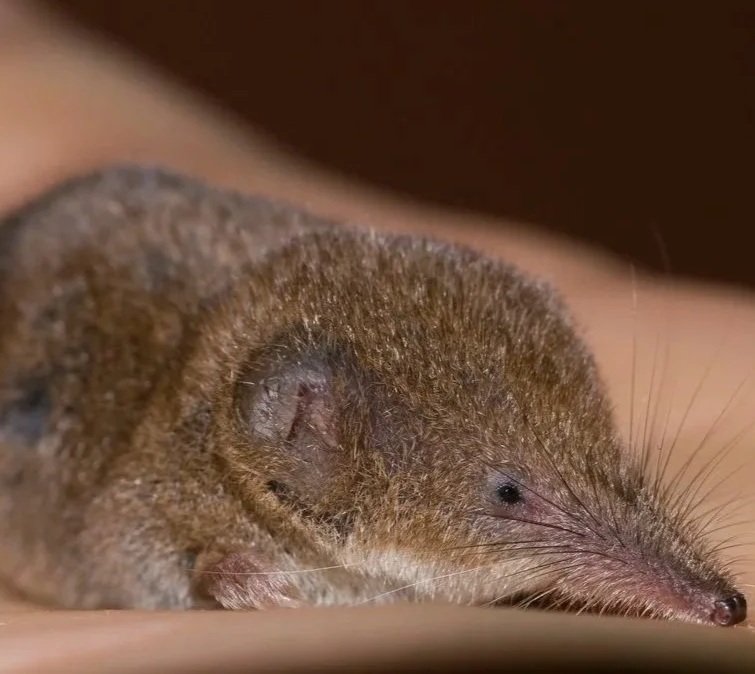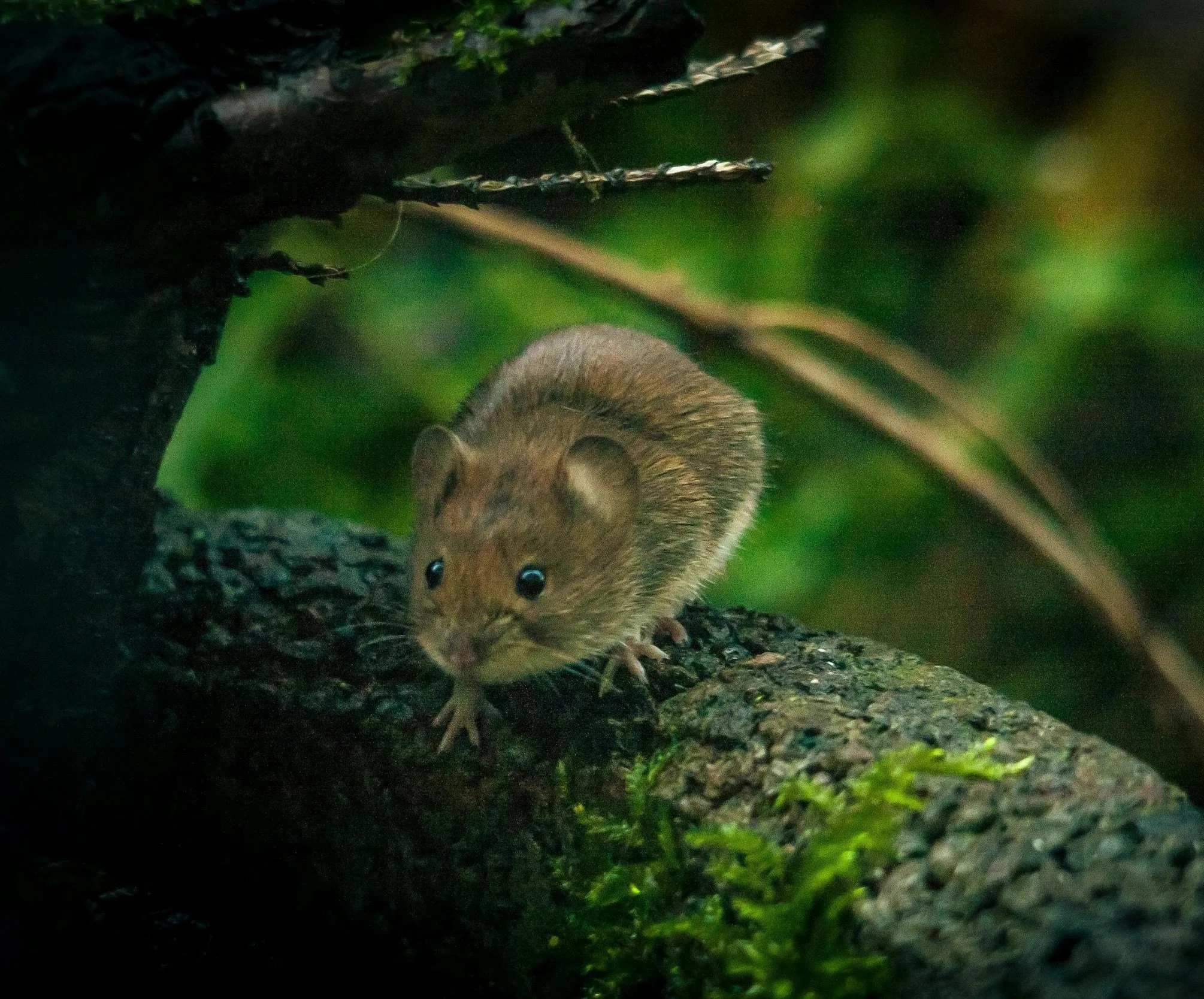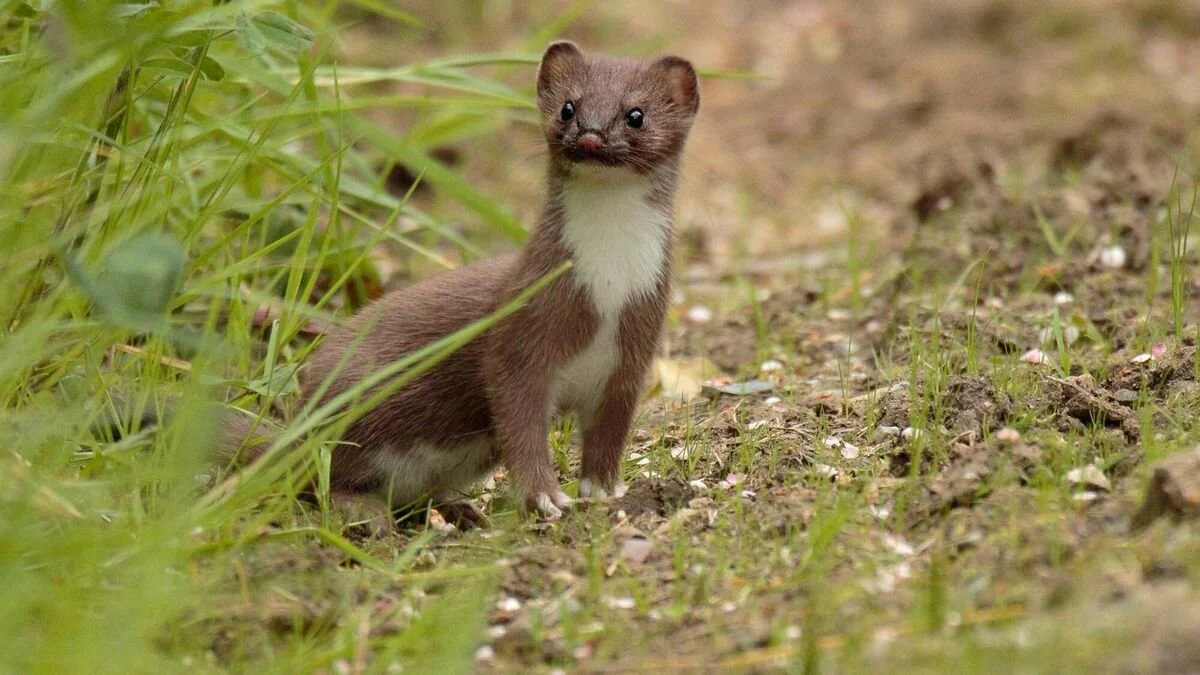
Mammals
Livestock in the Isle of Man’s uplands play a crucial role
Livestock grazing plays a long-standing and significant role in the management of the Isle of Man’s uplands, supporting cultural heritage and shaping the landscape. Particularly in maintaining both agricultural productivity and biodiversity, whilst supporting rural livelihoods. Hill sheep farming is part of the Island’s rural heritage, with practices like “hefting” where livestock learn to stay within a specific area of the hill, which is passed down through generations. This helps maintain the structure of grazing patterns and reduces the need for upland fencing. Grazing tenancies provide income and employment for upland farmers and contribute to the rural economy.
Regulated grazing helps prevent scrub encroachment and maintains open habitats that are crucial for species like red grouse, hen harriers, and mountain hares. By consuming grasses and other vegetation, sheep help reduce the fuel load across the uplands, therefore lowering the risk of uncontrolled wildfires.
The Manx Peat Partnership works closely with the Isle of Man’s Department of Environment, Food and Agriculture’s upland grazing tenants, to effectively manage 20,000 acres of upland. Well-managed grazing leads to sheep contributing to vegetation control and nutrient cycling. Our work monitors vegetation cover, soil condition, and water quality. We have worked closely with one tenant to restrict access to a small section of steep sloping peatland by installing temporary fencing to protect vulnerable peat immediately after restoration work. This trial plot was implemented to return a heavily damaged former peat-cutting turbary back to healthy peatland vegetation. Fencing out sheep has protected the newly-restored peat, however, we have noticed an increase in non-native, self-seeded Sitka spruce appearing, showing that sheep play a vital role in the management of our hills.

Sheep at Druidale

Highland Cattle conservation grazing on Glen Rushen ASSI

2025 Spring lambs - who graze South Barrule

Swaledale Cross Sheep at Montpellier
Small mammals
Mountain Hares, often called “blue hares”, are one of the Island’s most iconic upland mammals, and they have a fascinating relationship with peatland habitats. They are believed to have been reintroduced to the Island’s uplands from Scotland in the 1950s and 60s, after going locally extinct. Adults and their young (leverets) shelter in shallow depressions, rather than burrows, making dense peatland vegetation crucial for cover. This cover is increasingly critical, as their winter-white coat—an effective camouflage in snow-covered Scottish uplands—now stands out against the bare Manx landscape due to our milder winters, lower altitudes compared to the UK and reduced snowfall driven by climate change. As a result, mountain hares have become more exposed and susceptible to predation from raptors like buzzards and hen harriers.
Wood mice - The most widespread rodent found across all upland habitats. They feed on seeds, berries and insects, which is key for seed dispersal and as prey for larger mammals such as Stoats and birds such as Owls.
Pygmy shrew - Thrives in places with dense ground cover such as heathland and rough grasslands, with leaf litter, and insect-rich soils. Active year-round, even in winter, since it cannot hibernate due to its high metabolism. The pygmy shrew uses its long, sensitive snout to forage its prey in moss-covered peaty soils across upland terrain.
Brown rats - Found across upland areas, especially near water courses, farms and derelict buildings. They are opportunistic feeders, so they can impact ground-nesting bird eggs and compete with native species.
Brown (Field) Hares - Venture into the upland rough grasslands and heathland edges, where they benefit from open landscapes with good visibility, much like the mountain hare. While they aren’t peatland specialists like mountain hares, they exploit areas where dry heath meets peatland bogs, as forage and cover are abundant. Peatland restoration sites across the central and northern hills have created mosaics of vegetation that both species of hare are actively benefiting from.
The Isle of Man is not home to a population of red squirrels due to multiple factors. They would find it hard to survive due to limited food sources, likely leading to an interest in ground-nesting birds’ eggs. An overall lack of woodland corridors would limit the genealogy of the species. Additionally, there is no evidence to suggest red squirrels (native to the UK) have ever lived on the Island.
Bats - All native bat species on the Isle of Man are insectivores, many of which call the uplands home. Upland woodland edges and water courses, such as reservoirs, make excellent commuting and feeding grounds. The uplands also provide safe roost sites for many species of bat, such as old trees with rot-holes, rock crevices and old structures near trees.

Common Pipistrelle - This highly adaptable species likes to hunt over open heathland and peatland areas, including upland reservoirs such as Sulby and Block Eary.

Lesser Horseshoe Bat - A rare but recent colonist the Island's uplands, who are migratory and often found near upland water bodies.

Daubenton's bat - Known as the "water-bat", skimming over bodies of upland rivers, ponds and reservoirs. Another reason maintaining wet scrapes is key in supporting upland wildlife.
Carnivores
Stoats are the Isle of Man’s most prominent native predator and hunt rabbits, rodents and small birds and their eggs. Their low-long bodies are agile, and fast, making them specialist upland hunters in uneven terrain such as rough grasslands, heathland and rocky coastline areas. They prefer open habitats, with good cover and places for hiding and hunting, such as gorse, stone walls and bracken. Unlike stoats found across the water, our native stoats don’t turn white in the winter months (ermine coat), retaining their darker brown fur all year-round, similar to the Irish subspecies.
Stoats are fierce predators, with a strong bite and the ability to take down and carry prey much bigger than themselves, including adult rabbits.
Notably absent carnivores from the Isle of Man include the red fox and badger.
Continue below for more on the Polecat-Ferret.
Non-native and feral visitors to our uplands
The Isle of Man is home to several species of self-sustaining populations of feral non-native and native mammals, including:
Red-necked Wallabies - Several non-native red-necked wallabies escaped from the Curragh’s wildlife park in the north of the Island in the 1960s. Instead of vanishing, they adapted well to the cooler Manx climate and began breeding in the wild. Their population is now likely to be over a thousand, concentrated in the North but spread throughout the Island. These wallabies have no natural predators on the Isle of Man, therefore can be found in large numbers gathered in woodland, dense heathland, plantations, glens and dunes. They are thought to disturb the roosting and breeding sites of ground-nesting birds such as the red-listed hen harrier and curlew. They can disturb birds incubating eggs to the extent that they may abandon the nest completely.
Feral ferrets (Polecat ferrets) - Despite popular belief, true polecats are not native to the Isle of Man. Sightings are actually of feral ferrets that resemble wild polecats, descendants of ferrets likely brought to the Island for hunting purposes in medieval times, or pets that have been released. They have a hybrid appearance due to their “mask” facial markings and darker fur than typical domestic ferrets. Once rare, there is now thought to be a stable population of Polecat ferrets across lowland and upland habitats. They are nocturnal and elusive but very self-sustaining, feeding on small mammals, birds, amphibians, reptiles and carrion bird species. Unfortunately, they impact ground-nesting bird populations and compete with the native Stoat for food.
Feral domestic goats can be found on the coastline at Garff.
A small population of feral native Loaghtan sheep can be found at the Meayll coast.










